
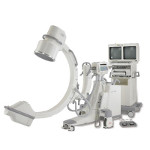
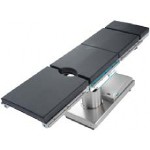
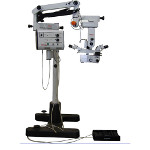
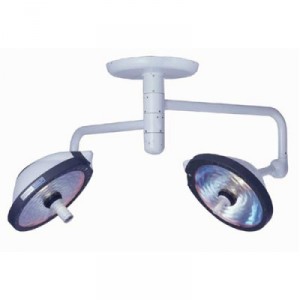
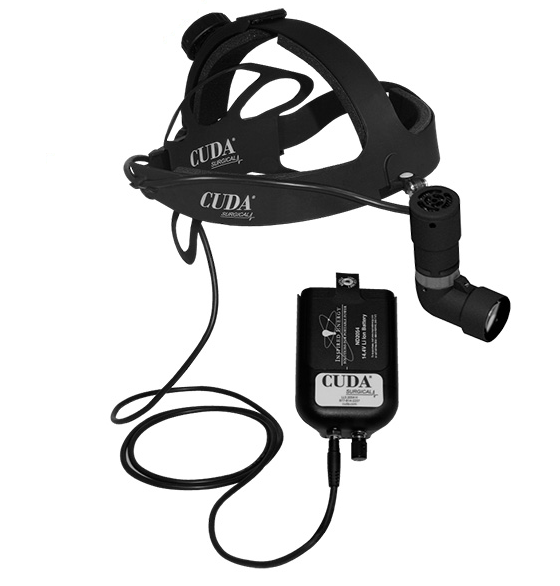
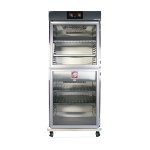
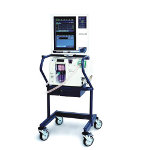
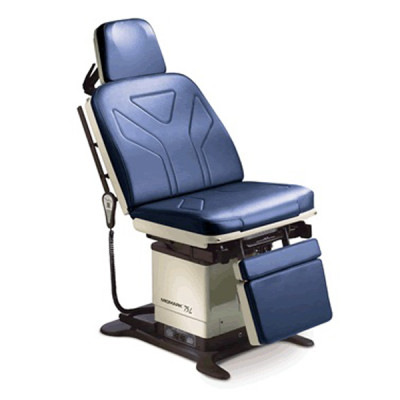
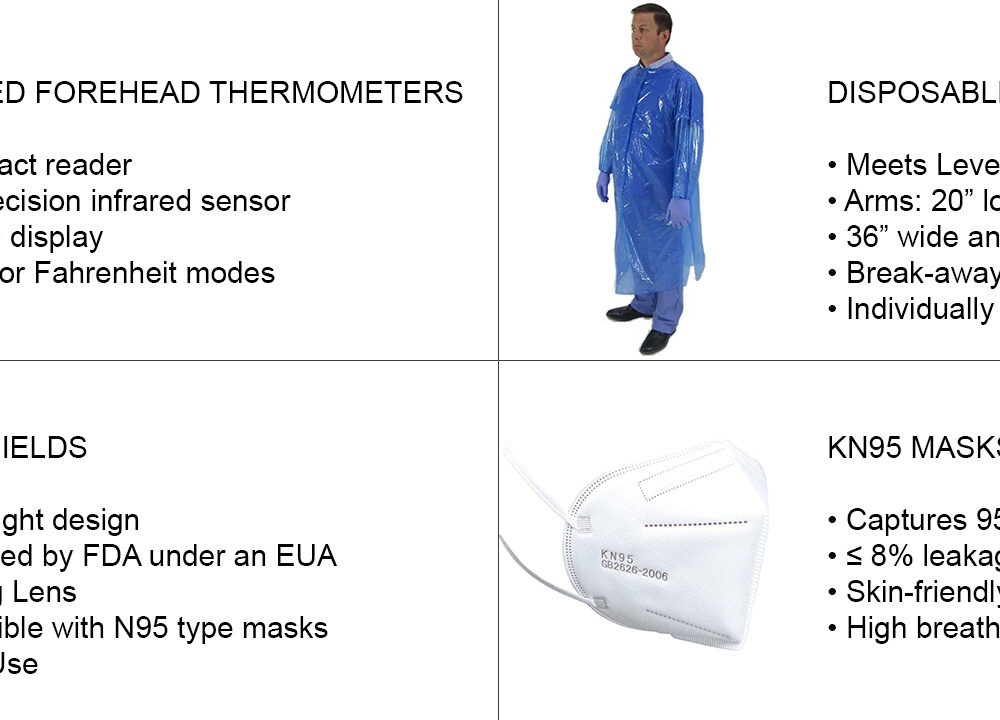
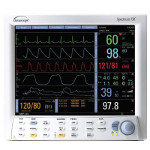
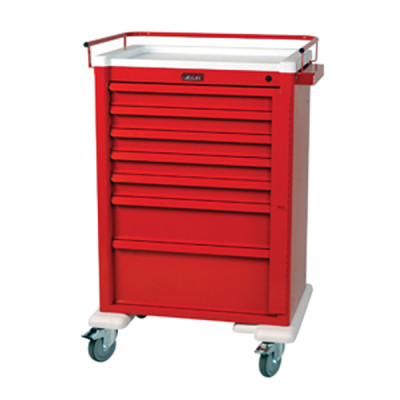
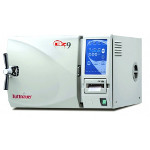
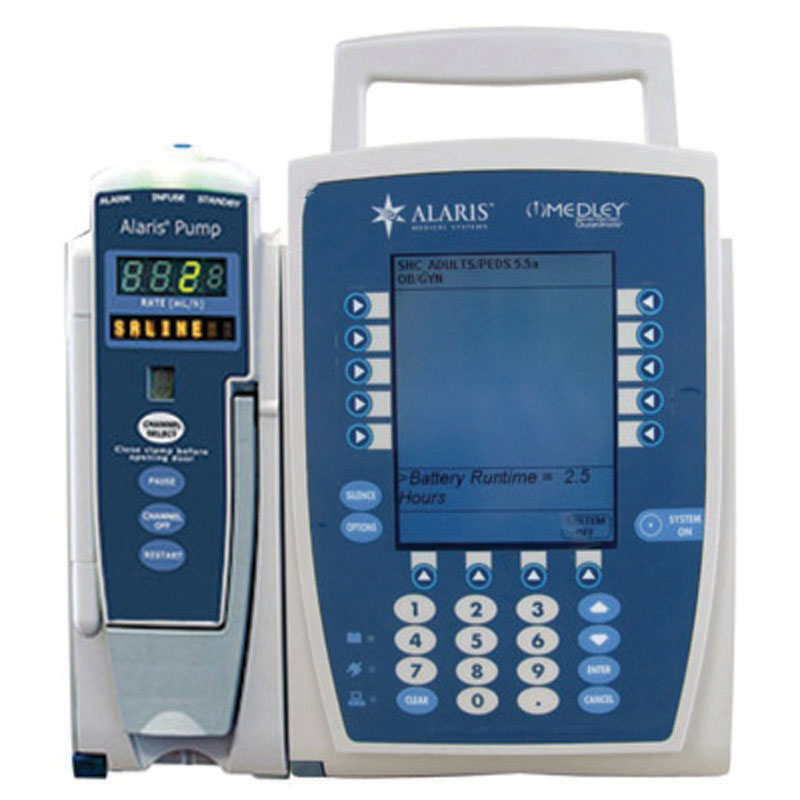

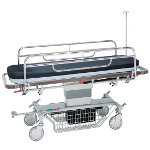

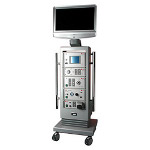
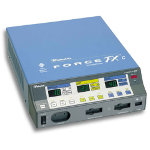
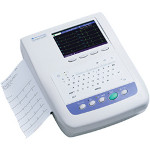
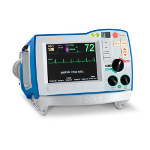
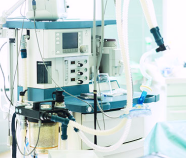
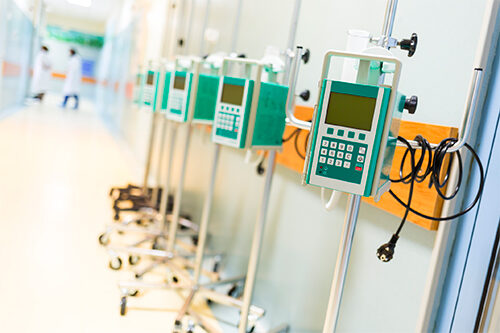
Infusion pumps are medical devices that deliver fluids to patients in controlled quantities. Infusion pumps are used in a variety of clinical settings, including hospitals, nursing homes, and at home.
An infusion pump is generally operated by a trained user who sets the fluid delivery rate and duration through a software interface. There are many advantages to using an infusion pump to administer fluids. They can deliver fluids in small quantities and at precise rates. They can deliver nutrients and medications such as insulin, other hormones, chemotherapy drugs, or pain relievers.
There are many infusion pumps available, including large volume, patient controlled analgesia, PCA, elastomeric and syringe pumps. Some pumps are intended for stationary use at the patient’s bedside. Others, known as ambulatory infusion pump, are portable and wearable.
Pump failures can have serious consequences for patient safety because infusion pumps are often used to administer critical fluids such as high-risk medication. Many infusion pumps have safety features such as alarms and other operator alerts, which are designed to activate in the case of a problem. Some pumps can alert patients if there is an obstruction in the tubing that supplies fluid to them. Smart pumps are a newer type of infusion pump that alerts the user if there is an adverse drug interaction or if the pump’s parameters exceed safety limits.
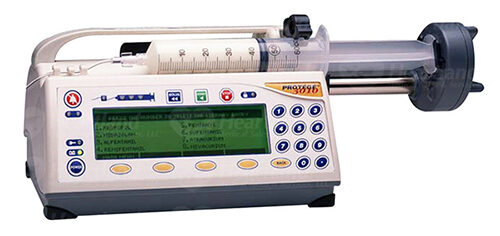
Syringe pumps are liquid handling devices that deliver precise amounts of liquid.Syringe pumps can be used in chemistry, biology, food processing, and micro-dispensing for industrial applications.
Syringe pumps are composed of a motor and its driver. They also have a reciprocating screw, nut and a reciprocating screw. This nut connects the driver to the piston of a syringe that contains the liquid. This mechanism regulates the liquid to be injected, ensuring a smooth and precise delivery.